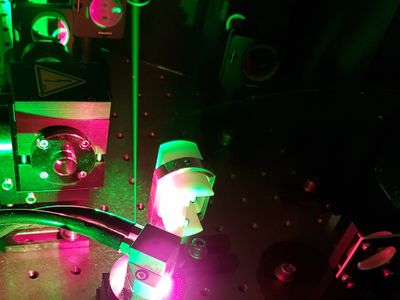Essentials of quantum-mechanical description of optical gain media, including atoms, molecules, and solid state materials.
Essentials of quantum-mechanical description of the of the interaction between photons and electrons in optical gain media.
Basic properties of lasers and photon amplifiers.
Physical principles of laser action.
Essential knowledge of laser building blocks.
Overview of the most important laser types.
